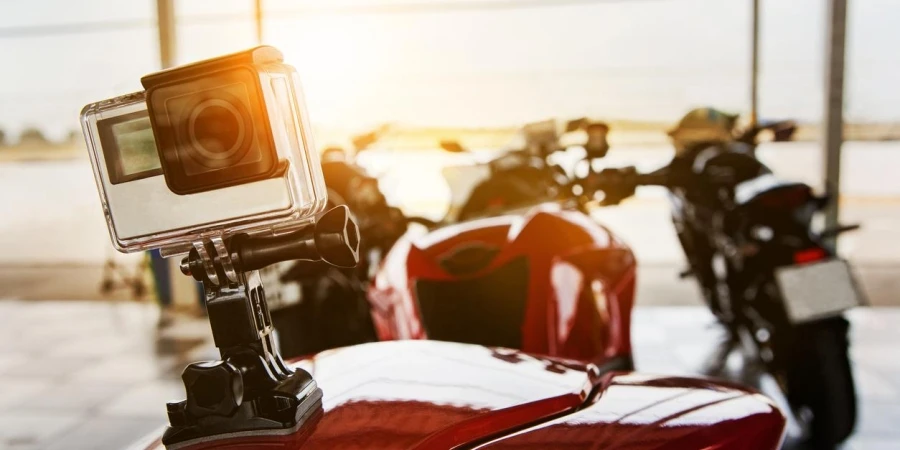Table of Contents
1. Introduction
2. Understanding the main types of motorcycle cameras
3. Market trends and insights for motorcycle cameras in 2024
4. Key features to consider when selecting a motorcycle camera
5. Top motorcycle cameras and their standout features
6. Conclusion
Introduction
Using a motorcycle camera has become a must-have for riders nowadays as it serves various purposes. Whether its capturing scenic rides to ensuring safety in case of emergencies by recording incidents on the road. They use high-definition video format with features like 4K resolution and image stabilization that work well even in different weather conditions. These gadgets require buyers to consider some key factors to make appropriate decisions to ensure rider safety and improving their overall riding experience.
Understanding the main types of motorcycle cameras
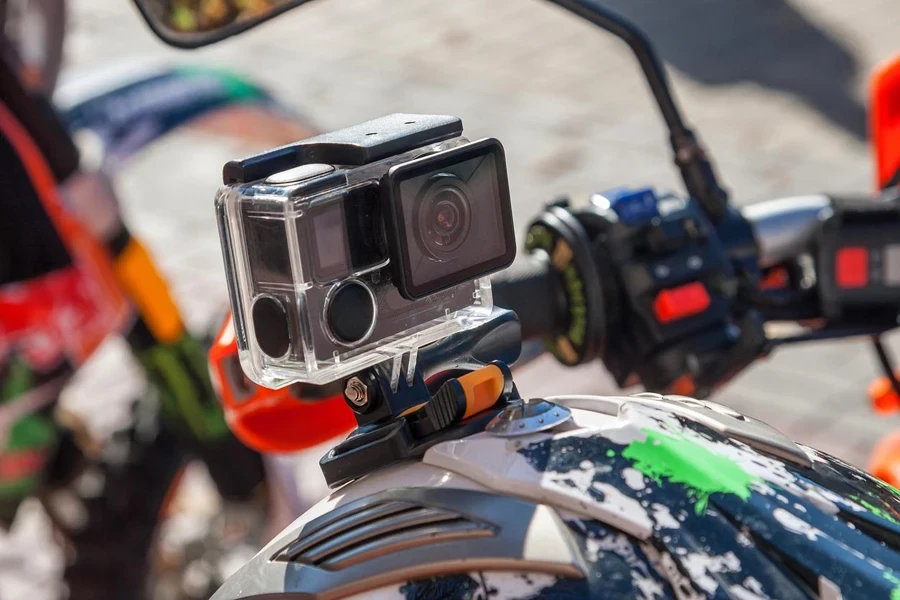
Helmet-mounted cameras
Helmet-mounted cameras are well-received for their flexibility and user-friendliness among users who engage in activities like biking or motorcycling. They offer a rider’s point of view by capturing videos from the rider’s perspective using wide-angle lenses placed where the rider gazes ahead. They seamlessly adjust their field of vision based on the rider’s head movements, which allows them to authentically document the rider’s viewpoint and provide footage that truly mirrors the real-time journey experience.
The compact nature of these cameras guarantees they won’t cause inconvenience when mounted on helmets; some versions even come with fast-release features for effortless detachment. Moreover, helmet-mounted cameras are usually equipped with image stabilization technology to reduce the impact of head movements and ensure smoother video recording. Users also appreciate their capacity to capture a full view of their surroundings in a 360-degree range when used with higher-end models boasting lenses.
Handlebar and dash-mounted cameras
Handlebar and dashboard cameras offer a more secure way to capture footage since they are attached to the motorcycle than the rider themselves. It’s particularly handy for riders looking for a fixed viewpoint showcasing the road ahead or different angles of the bike itself. Unlike cameras mounted on helmets, these options don’t shift with the rider’s head, ensuring a constant view focused on the road ahead.
These cameras are commonly chosen for capturing multi-angles to show a wider view of the rider’s experience. The majority of these models come with screens for viewing and adjustments, and they are known for their sturdy mounting systems that minimize the chances of them falling off. Dash-mounted cameras are quite popular due to their contribution to documenting road safety incidents; they operate similarly to car dashcams.
Bullet cameras
Bullet cameras are devices designed for riders who value reducing wind resistance and discreet installation above everything else. Their slender cylindrical shape enables them to be mounted in secret spots of the motorcycle to lessen drag and interference while riding. Riders engaged in high-speed racing, or those looking to keep their bike free from added weight and obstacles prefer bullet cameras over larger camera setups.
Despite their small size compared to other types of cameras, bullet cameras often feature high-definition video resolution and efficient stabilization mechanisms that ensure steady footage even in dynamic environments. They capture smooth footage while in motion or under challenging conditions such as bad weather or bumpy roads during travels and adventures.
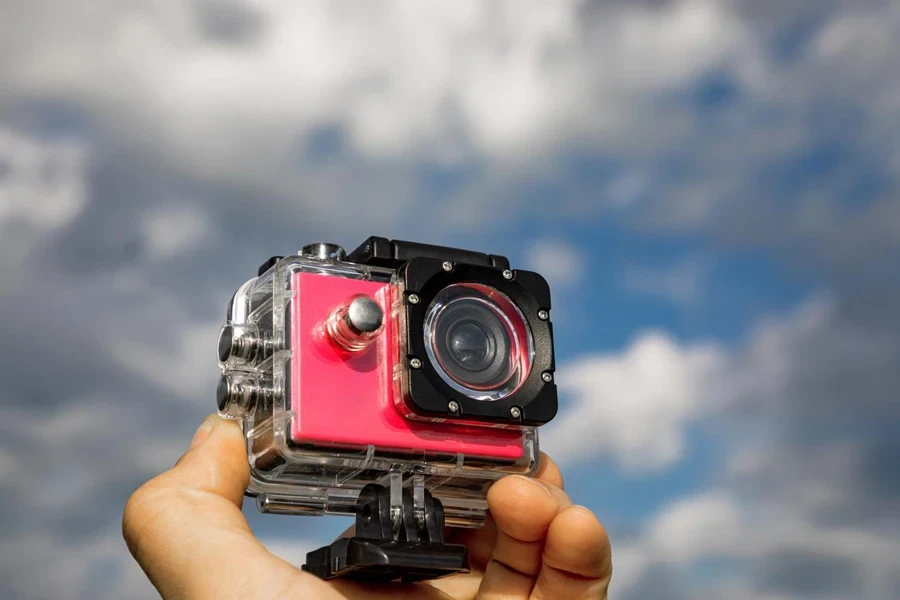
Market trends and insights for motorcycle cameras
Market growth and future trends
The worldwide market for motorcycle cameras reached around US $342 million in 2023. According to estimates made by experts, it is projected to reach US $570 million by 2030 . This growth is forecasted to occur at a growth rate of 6.8% from 2024 to 2030, driven by advancements in camera technology like the transition to higher resolution as such, the popular 4k format improved image stabilization and the rising trend of using these cameras for safety recording and recreational purposes among motorcyclists.
Key advancements in motorcycle camera technology
In 2025, the technology behind motorcycle cameras is progressing rapidly as they now support 4K resolution, providing riders with more detailed videos. This enhancement proves handy for bikers who wish to capture their adventures or ensure clear footage for safety reasons. In addition to these advancements, there have been upgrades in battery life and memory capacity. Recent models come with more energy batteries, allowing prolonged recording sessions without frequent recharging. Expandable memory options such as SD cards have become standard features enabling riders to store a big footage from their longer journeys. In 2025, a major emphasis is placed on durability, with cameras being crafted to withstand weather conditions, such as water, dust, and extreme temperatures.
Key features to consider when selecting a motorcycle camera
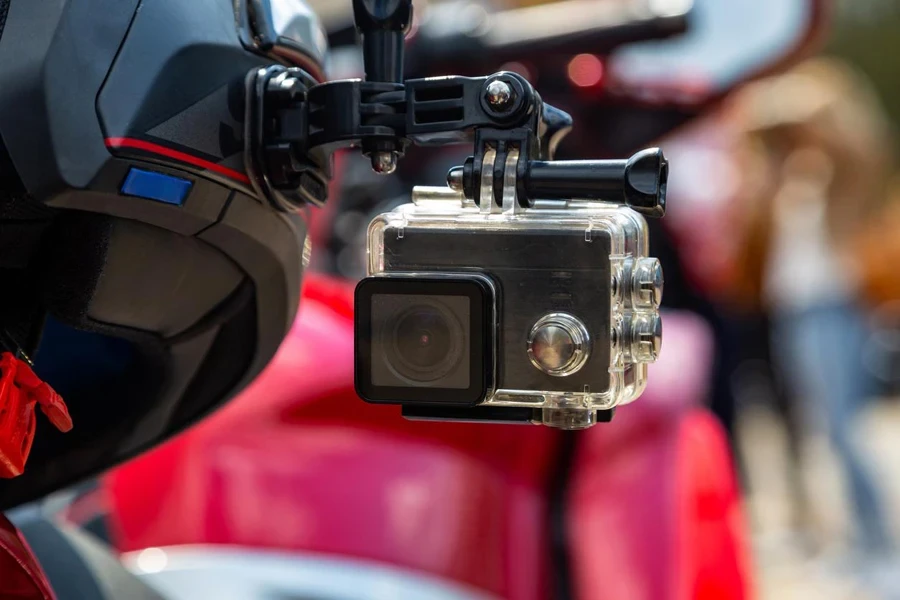
Durability and weatherproof ratings
When choosing a camera for your motorcycle adventures, it’s crucial to prioritize durability. Cameras meant for road use must endure conditions like rain, dust, and extreme temperatures. Opt for models with high ratings as they are crafted to thrive in such surroundings, providing features like waterproofing and resistance against dust and shocks. For instance, premium cameras often boast designs that can handle tough roads, ensuring consistent performance across different landscapes. These characteristics make these cameras perfect for long journeys or outdoor escapades where encountering the elements is typical.
Video resolution and frame rate
The quality of the video is very important. A resolution of 4k is the current standard for detailed images. Top-of-the-line cameras typically offer 4k video recording at 60 frames per second (fps), resulting in smoother playback of videos during paced scenes. This feature is particularly useful for capturing movements and intricate scenery with clarity and without any blurring. A frame rate of 60fps or above guarantees an uninterrupted flow of video content. This is crucial for individuals wanting to capture crisp and top-notch videos for work or to reminisce about their adventures with clarity and vividness.
Stabilization technology
Riding a motorcycle involves vibrations and jolts that make stabilization technology essential for any camera onboard. Top-notch image stabilization systems guarantee steady footage when navigating rough terrains. Modern stabilization techniques, like optical stabilization, are specifically crafted to combat the effects of road vibrations and sudden motions. This feature proves valuable for cameras mounted on handlebars or helmets, as footage can significantly affect video quality. Maintaining a stable recording can greatly improve the clarity and enjoyability of the captured footage.
Mounting options and ease of use
Having flexible options for mounting a camera on a motorcycle is essential for its usefulness to the rider’s experience. Capturing moments from various angles is crucial in motorcycle videos or photoshoots. Furthermore, cameras must have user interfaceslike controls, intuitive touchscreens, and voice activation capabilities. These features enable motorcyclists to make adjustments or begin recording without being distracted while riding.
Top motorcycle cameras and their standout features
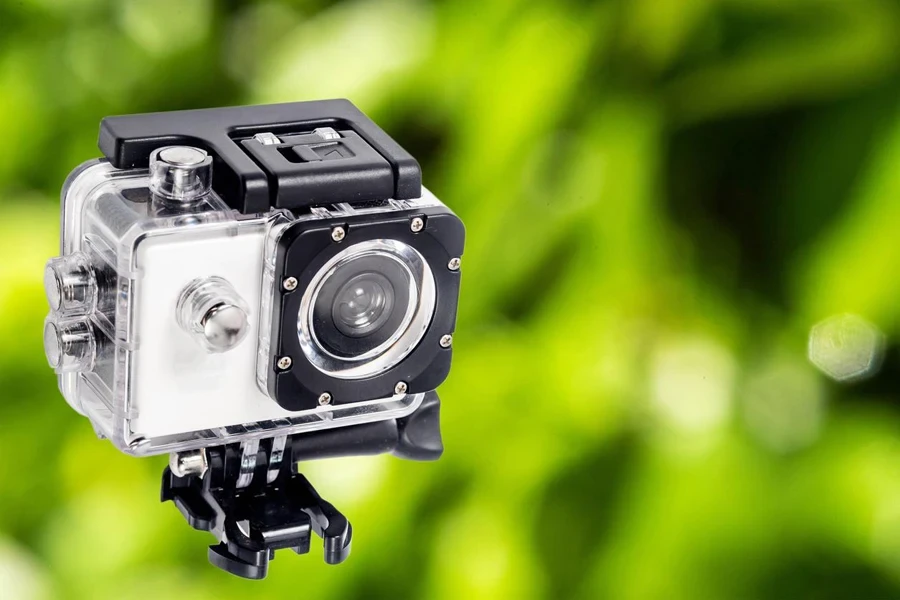
Helmet-mounted cameras: GoPro HERO12 and Insta360 ONE RS
For helmet-mounted cameras, look no further than GoPro for top-notch quality. The GoPro HERO12 boasts a 5.3K resolution along with HDR capabilities and upgraded HyperSmooth 6.0 stabilization features. It is the perfect choice for capturing smooth, high-quality footage, even on bumpy rides through rugged terrains. Its waterproof and robust design ensures it can endure different weather conditions, while the added Bluetooth audio support offers convenience for voice commands and recording sound while on the go. For riders in search of high-resolution videos and versatility in challenging environments, GoPro stands out as a top choice.
Check out the Inst 360 ONE RS which is another great camera. It’s known for its modular design that lets you easily switch between 4k and 360-degree lenses for different shooting needs. With its 5.7K 360-degree recording and top-notch built-in stabilization feature, the ONE RS can capture footage from every angle. Its ability to edit footage after you’ve shot it alone sets it apart, with AI-powered editing tools that make creating videos a breeze. Riders love it for the freedom and creativity it offers in capturing their adventures on camera.
Handlebar and dash-mounted cameras: INNOVV K5 and Thinkware M1
The INNOVV K5 stands out for dash-mounted configurations with its unique features. This system captures both rear views in resolutions of 4k and 1080p, providing a comprehensive perspective of the road ahead. With its continuos recording function and direct link to the motorcycle’s battery, the camera initiates recording upon bike ignition for documentation during extended rides. Its durable construction and weather-resistant design make it a top choice for travel and daily riding needs.
The Thinkware M1 stands out as another great option, with its 1080p HD video quality and electronic image stabilization that works well on bumpy roads. It has Sony STARVIS image sensors to improve low-light visibility for nighttime journeys and a dual camera setup for wide perspective. Its waterproof and dust-resistant design guarantees longevity in various riding environments.
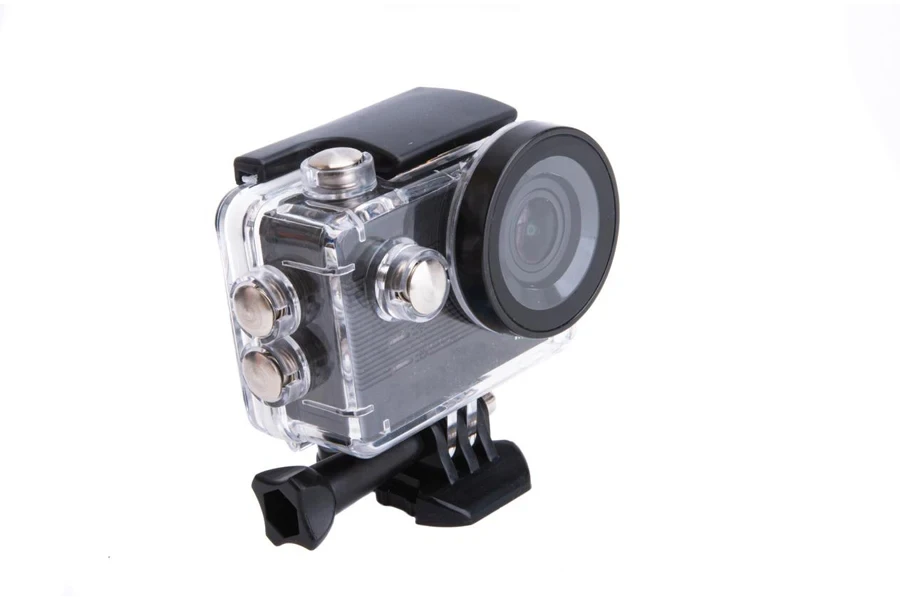
Bullet cameras: Sena PT10 Prism Tube WiFi and Ride Vision 1
Looking for an aerodynamic choice? The Sena PT10 Prism Tube WiFi is a great option that combines simplicity and practicality in one package. It captures videos in high-definition 1080p resolution at 60 frames per second with a wide 125-degree field of view. It is perfect for riders seeking a hassle-free camera setup on the go. With its one-touch recording feature and built-in WiFi connectivity for easy smartphone playback access, this camera is ideal for effortlessly capturing journeys or scenic bike rides.
Regarding safety features, Ride Vision 1 goes above and beyond by incorporating a 360-degree collision avoidance system. This cutting-edge camera employs predictive algorithms to warn riders about dangers, enabling both safety and dcumentation. Its loop recording and instant alerts offer a top-notch choice for individuals who value safety during their rides.
Conclusion
In 2025, when choosing a motorcycle camera consider factors, such as the type of camera you prefer, its durability, video quality, and mounting choices. Cameras that mount on helmets like the GoPro HERO12 and Insta360 ONE RS provide top-notch video quality and stabilization, making them great for capturing immersive videos. If you’re interested in dash-mounted camera options like the INNOVV K5 and Thinkware M1, they offer dual channel recording and strong durability. Riders who prioritize safety might find Ride Vision 1 appealing because of its advanced collision avoidance technology integration. Knowing the rider’s needs will help select the camera that improves safety and fun while riding.
